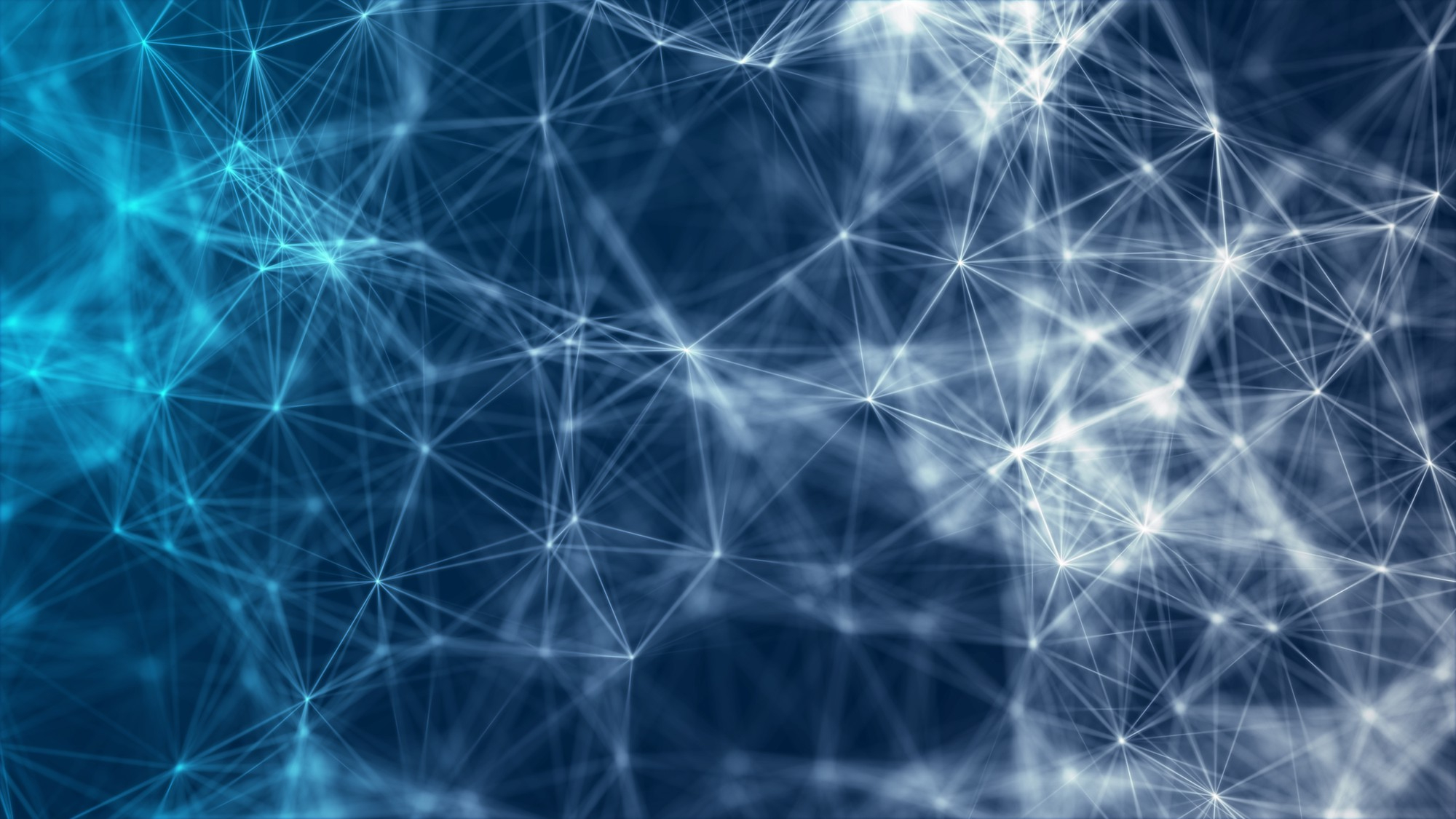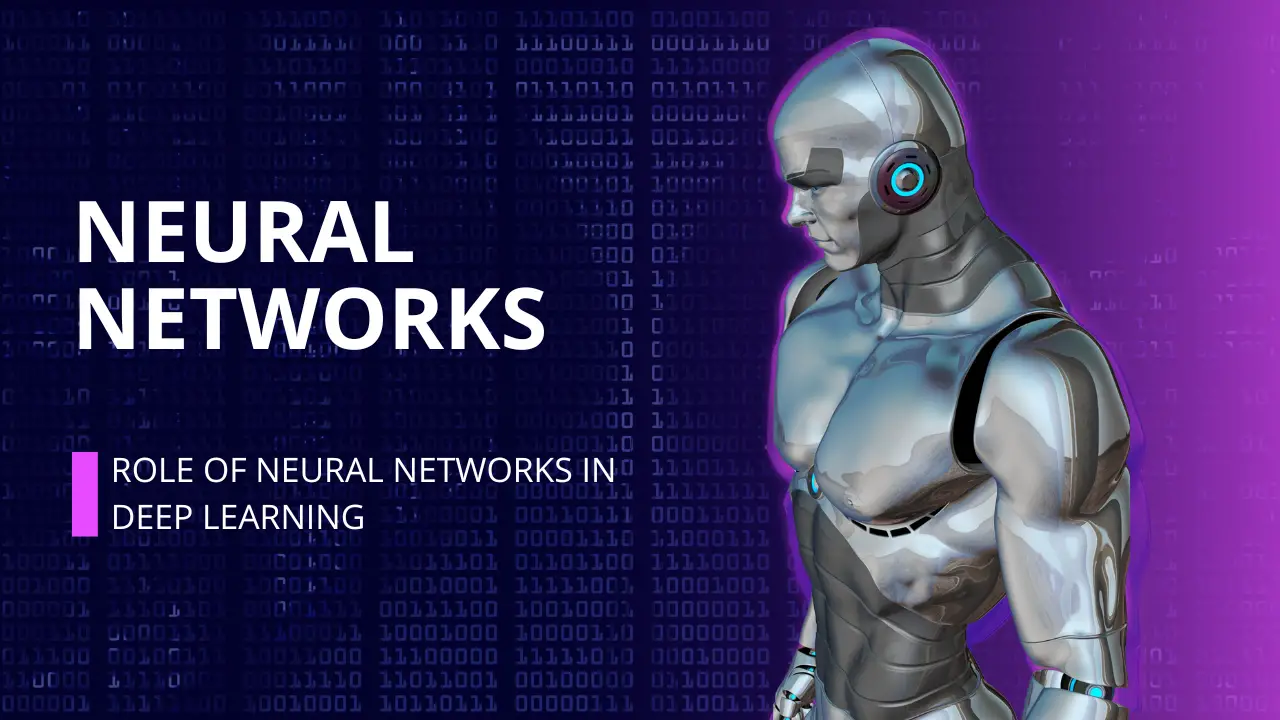Introduction
Deep learning, a subfield of artificial intelligence (AI), has transformed the way we perceive and interact with technology.
At the heart of this revolutionary paradigm lies the concept of neural networks, intricate systems modeled after the human brain’s neural structure.
These networks have proven to be a cornerstone in enabling machines to learn from data and perform complex tasks with unprecedented accuracy.
In this comprehensive exploration, we will unravel the essence of neural networks and their profound role in the realm of deep learning.
Unveiling the Concept of Neural Networks
It is often referred to as artificial neural networks (ANNs), are computational systems composed of interconnected nodes, or “neurons,” inspired by the human brain’s neural connections.
Just as our brain processes information through interconnected neurons, ANNs process data by passing it through multiple layers of interconnected nodes.
The fundamental components of a neural network include
Input Layer
Where the data is initially fed into the network.
Hidden Layers
Intermediate layers responsible for extracting and transforming features from the input data.
Output Layer
The final layer that produces the network’s prediction or classification.
Neural networks operate through weighted connections between neurons, with each connection representing the strength of influence between nodes.
During training, these weights are adjusted to minimize the difference between predicted and actual outputs, enabling the network to learn patterns and make accurate predictions.
The Function of Neural Networks in the Realm of Deep Learning
Deep learning leverages the power of neural networks to process and understand complex data representations.
It goes beyond traditional machine learning by enabling the creation of intricate architectures with multiple hidden layers.
These deep neural networks can automatically learn hierarchical features from data, making them exceptionally adept at tasks like image recognition, natural language processing, and more.

Applications of Deep Learning and Neural Networks
The synergy between deep learning and neural networks has paved the way for transformative applications:
Image Recognition
Deep neural networks excel at identifying objects, people, and scenes within images, revolutionizing fields like autonomous driving, medical imaging, and security systems.
Natural Language Processing (NLP)
Neural networks process and generate human language, enabling chatbots, language translation, sentiment analysis, and content creation.
Healthcare Diagnostics
Deep learning assists in diagnosing diseases from medical images, analyzing patient records, and predicting patient outcomes.
Financial Forecasting
It analyze vast financial data to make predictions about stock prices, market trends, and investment opportunities.
How Neural Networks Learn: Training and Optimization
The process of training a neural network involves exposing it to a labeled dataset and iteratively adjusting its internal parameters to minimize the error between predicted and actual outputs.
This is achieved through optimization algorithms like Stochastic Gradient Descent (SGD), which fine-tunes the weights of the network to converge towards optimal values.
Overcoming Challenges: Vanishing and Exploding Gradients
In the realm of deep neural networks, the vanishing gradient problem arises when gradients diminish significantly as they propagate in a backward direction across layers during the training process.
Conversely, the exploding gradient problem involves gradients becoming excessively large. These issues can hinder training by slowing down convergence or causing instability.
Techniques like weight initialization and gradient clipping mitigate these challenges.
Exploring Advanced Neural Network Architectures
As deep learning advances, researchers have developed specialized neural network architectures to tackle specific tasks.

Convolutional Neural Networks (CNNs)
CNNs are tailored for image analysis and recognition.
They employ convolutional layers to automatically detect and learn features like edges, textures, and shapes, making them highly effective in tasks such as image classification, object detection, and facial recognition.
Recurrent Neural Networks (RNNs)
RNNs are designed to handle sequential data, making them ideal for tasks like language modeling, speech recognition, and time-series analysis.
Their unique structure enables the network to retain memory of previous inputs, making them adept at capturing temporal dependencies.
FAQs
Q: What distinguishes deep learning from traditional machine learning?
A: Deep learning employs deep neural networks with multiple hidden layers, enabling the automatic extraction of complex features from data, whereas traditional machine learning often relies on manual feature engineering.
Q: How do neural networks simulate the human brain?
A: It use interconnected nodes, or neurons, inspired by the brain’s neural connections. Each neuron processes input data and passes it to the next layer, gradually extracting patterns and information.
Q: Can neural networks learn from unstructured data like images and text?
A: Yes, It excel at learning from unstructured data. CNNs specialize in image analysis, while RNNs are adept at handling sequential data like text.
Q: What is the significance of hidden layers in a neural network?
A: Hidden layers enable the network to learn hierarchical features from data, making it capable of capturing intricate patterns and representations.
Q: How is overfitting addressed in deep learning?
A: Overfitting, where a model performs well on training data but poorly on new data, is mitigated through techniques like dropout, regularization, and early stopping.
Q: What are the future prospects of neural networks and deep learning?
A: The future holds immense potential for neural networks and deep learning, with applications ranging from healthcare and autonomous vehicles to personalized marketing and scientific research.
Conclusion
The concept of neural networks has ushered in a new era of innovation and discovery.
As deep learning continues to reshape industries and push the boundaries of technology, the remarkable capabilities of neural network are only beginning to be unveiled.
By understanding its essence and their role in deep learning, we gain insight into the immense potential they hold for shaping the future of AI-driven solutions.


